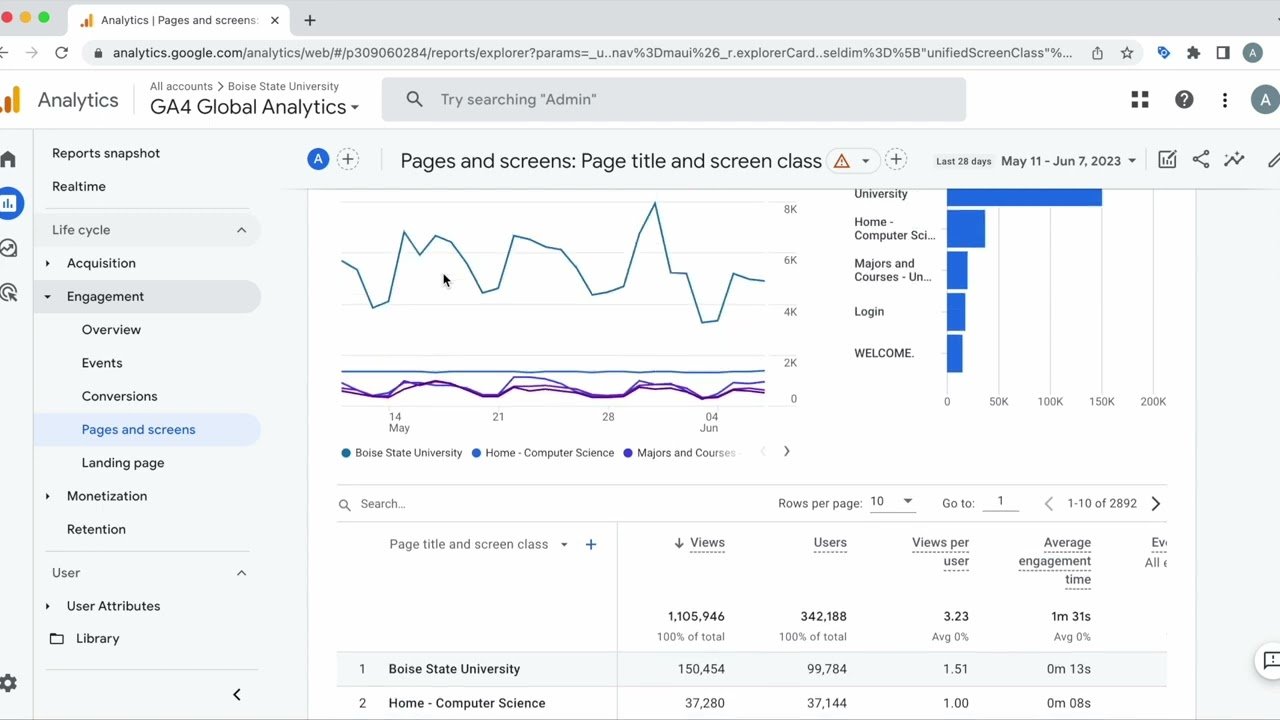Google Analytics
In the world of marketing, digital insights are actually rather new. While not the first kid on the block, Google Analytics initially launched in 2005 - Indicating that major digital organizations began seeing the importance of digital insights this millenium.
Google chose to provide a website analytics tool so users could improve their Google Ad conversions. Help clients understand where their users came from, how they’re behaving and who’s converting. These insights will help the client grow revenue, and invest more in Google Ads - Win Win.
That ethos hasn’t changed much over time.
While I’m discussing Google Analytics, there are tons of other tools that fulfill a similar role, to name a few, there is: Microsoft Clarity, Hubspot and Adobe Cloud.
It’s important to become familiar with this data and how to utilize it. In my consulting experience, especially within non-profit, Marketing Managers have found Google Analytics to be this foreign thing that they don’t want to get into, something that the IT team is sort of managing.
They’re used to looking strictly at CRM conversion data to improve the program, not user behaviour. This is the opportunity!
These tools show us what users who don’t convert are doing, this typically represents over 90% of any ORGANIZATIONS traffic.
Imagine accessing 90% additional data to help optimize a program? Would knowing that 50% of users who don’t convert are landing on a specific page and then leaving within 10s, indicating that bad traffic or an error on the page.
Or, 50% of users who enter the donation funnel aren’t completing their donation, should that be looked into?
We can think of hundreds of other scenarios where focusing on users who don’t convert can help us optimize our program and improve our audience or funnel strategy.
So get into your Google Analytics today! Also, you can also contact matt@mt1.co and I’d be happy to help.

